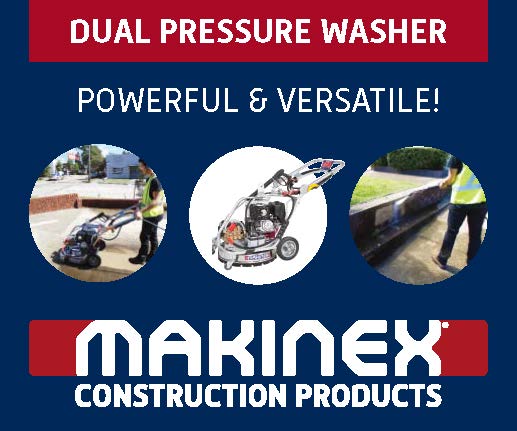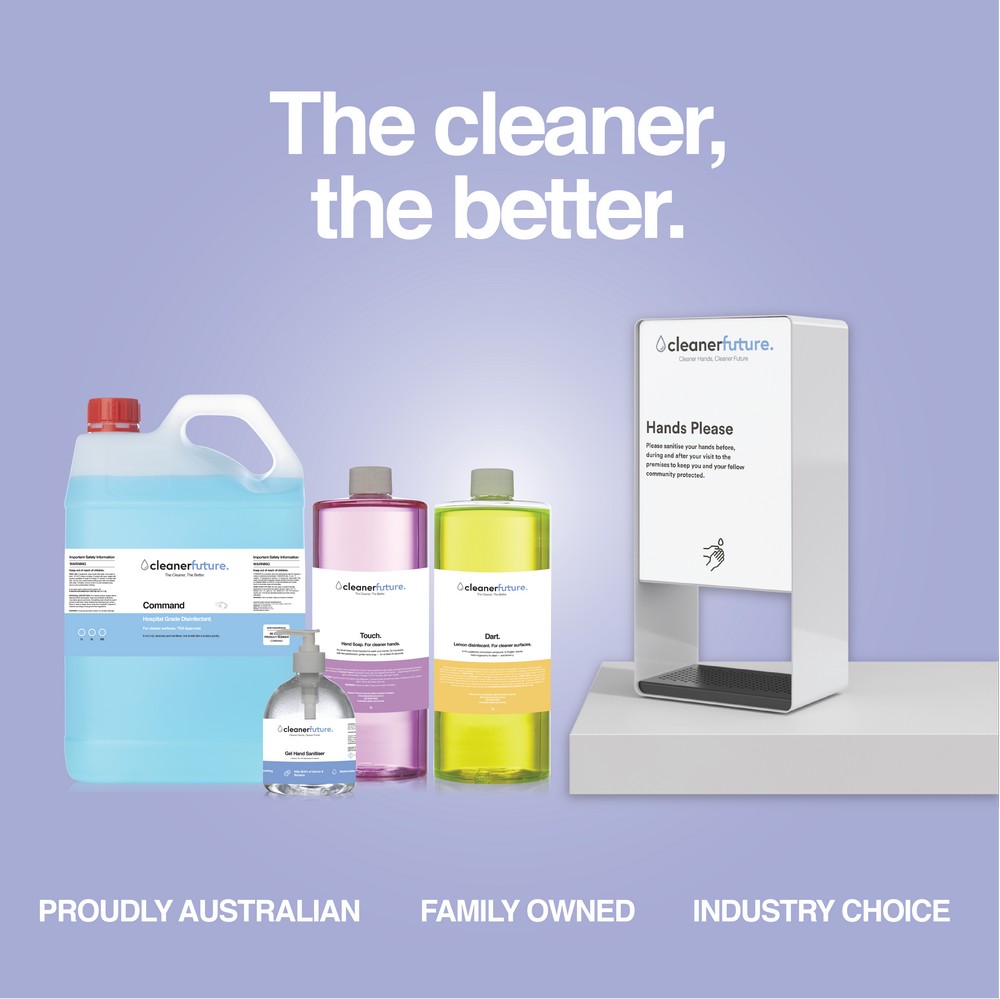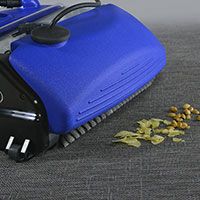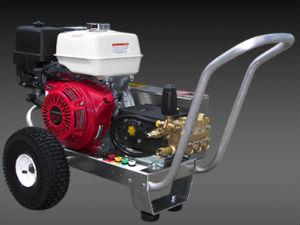
The cleaning industry is becoming increasingly specialised, particularly when it comes to both expensive and sometimes complex equipment.
High pressure water blasters are now considered to be normal pieces of kit for cleaners as vacuum cleaners.
Safety is mandatory in all equipment used but, in high pressure cleaning equipment, it is quite specialised with even small machines sourced from hardware stores being potentially dangerous.
New safety rules apply
The Australian/New Zealand Safety Standards were presented to the market back in 2018. It was a result of a number of years of work by the association to come up with rules that set out to impose protective measures to reduce injuries in cleaning and other industries.
Hence the Standards Association broke the performance figures of the machines into two categories, Class A and Class B, in an attempt to segregate machines of higher capacity, and therefore deemed to be more dangerous, than the Class A units.
In this article, I will discuss the differences of Class A and B machines, bearing in mind that most cleaning operators will end up using Class A machines, rarely Class B units.
Understanding the difference between Class A and Class B machines
The Standards Association segregated products by their overall performance expressed as bar/litres per minute.
In other words, the classification of the machine’s pressure rating, as marked on the machine in bar, multiplied by the flow of the high-pressure pump’s rating expressed in litres per minute.
For example, a machine of 140 bar (2,000 psi) with a flow rating of 10 lpm, has a bar lpm rating of 1,400 bar/litres. As such, it is a Class A machine.
Class A high pressure machines
Class A pressure washers are rated as operating between 800 bar/litres per minute up to 5,600 bar/litres per minute. Thus, a pressure cleaner with a flow of 20 lpm and 4,000 psi (275 bar/litres) is rated as a Class A machine. It should be noted that any higher than that combination of flow and pressure makes it a Class B machines.
Operators of machines in this class, which can obviously be quite high performance units, are required to be trained and competent in identifying hazards, accessing and controlling the risks of the job and using a safe working procedure.
They must be familiar with the operation and maintenance of machine and use suitable PPE. They must also be familiar with the equipment and able to identify the components and potential issues before they become dangerous.
Class B high pressure machines
These machines being where the Class A units end. The category includes machines up to 30,000 or even 50,000 psi machines, not what we would expect people in the cleaning industry to use, unless they have graduated through to operating big machines on construction sites, mine sites or shipyards.
It’s obvious this is a huge band of performance criteria with Class B operator certification procedures significantly more comprehensive than Class A. non-compliance with the Standards can result in the operator of Class B machines having work insurance made invalid or even injury compensation claims denied.
It also should be noted that operators who are no certified or don’t have evidence of certification, may be denied access to industrial worksites, if unable to provide verification of competency. The mandatory safety course is valid for two years, after which the operator must go through the refresher training to maintain the validity of the certification.
The operator must also be familiar with the operation of the equipment in a more detailed manner than is required for Class A units. For example, the operator should be trained to carry out daily inspections on the equipment, identify and rectify potential issues, before use.
Operation of the machine must be carried out by two people, rather than one operator, unless the operator has a barrier between the machine and any people including themselves. Where two people are required, where there is no barrier, one will be using the gun and the other is stationed by the machine ready to shut it down in the event of an accident. This presupposes if the machines are equipped with E-stops to facilitate the shutdown.
The safety challenge
The above outline is an abbreviated version of the Safety Standards ASNZ/4233. It is recommended that employers utilising operators with high pressure water blasting equipment, regardless of their classification, should familiarise themselves with the rules.
Incidents of injury from Class B machines have resulted in legal action and compensation claims as well as major legal costs and financial settlements. You can see this is serious for anybody marketing or using high pressure water blasters.
Part two of this series will examine the need for operator training not just for Class B machines, but also for Class A units.
Warwick Lorenz is owner of Australian Pump Industries. This article first appeared in INCLEAN magazine.
Comment below to have your say on this story.
If you have a news story or tip-off, get in touch at info@incleanmag.com.au
Sign up to INCLEAN’s newsletter.




